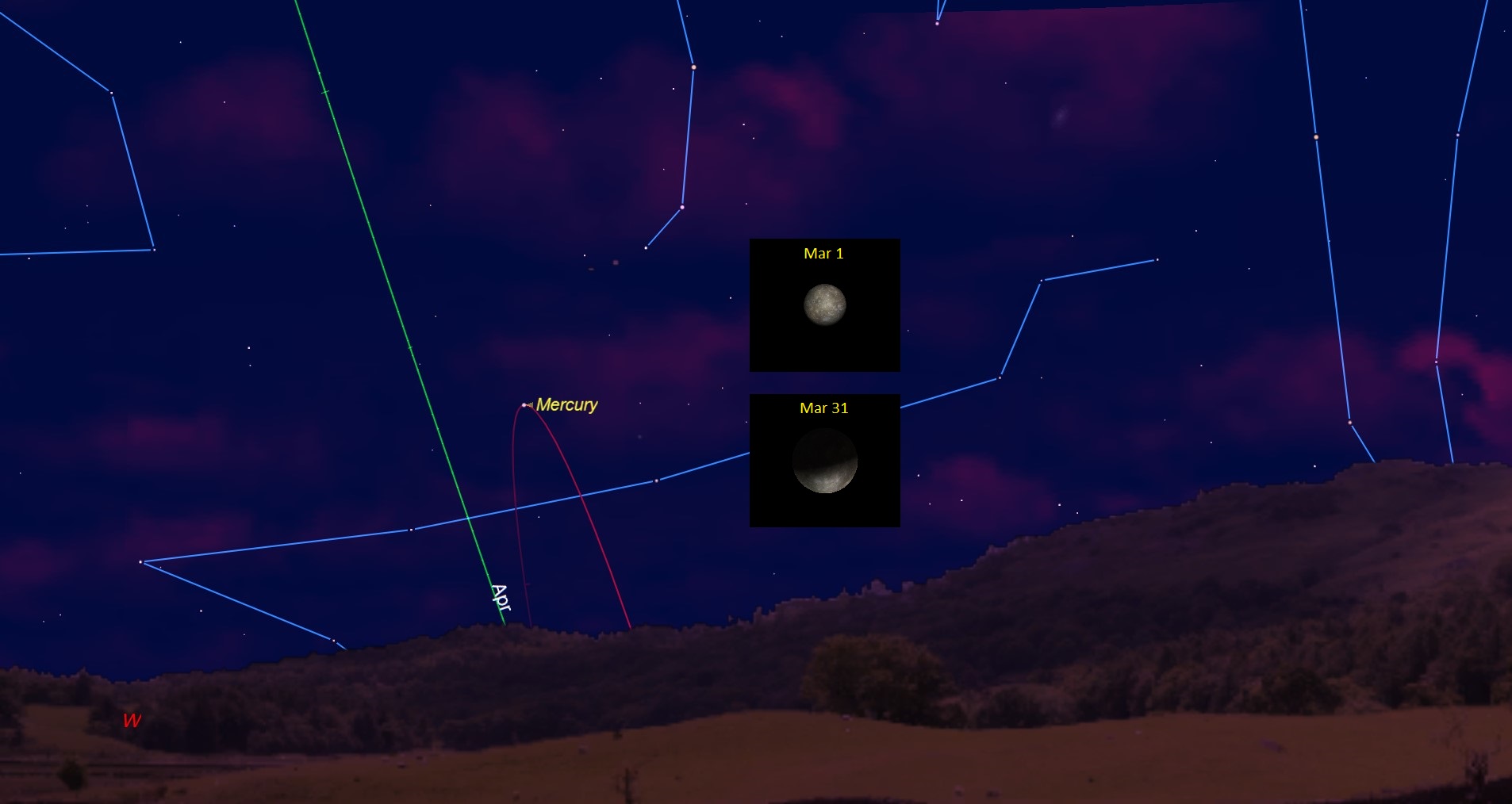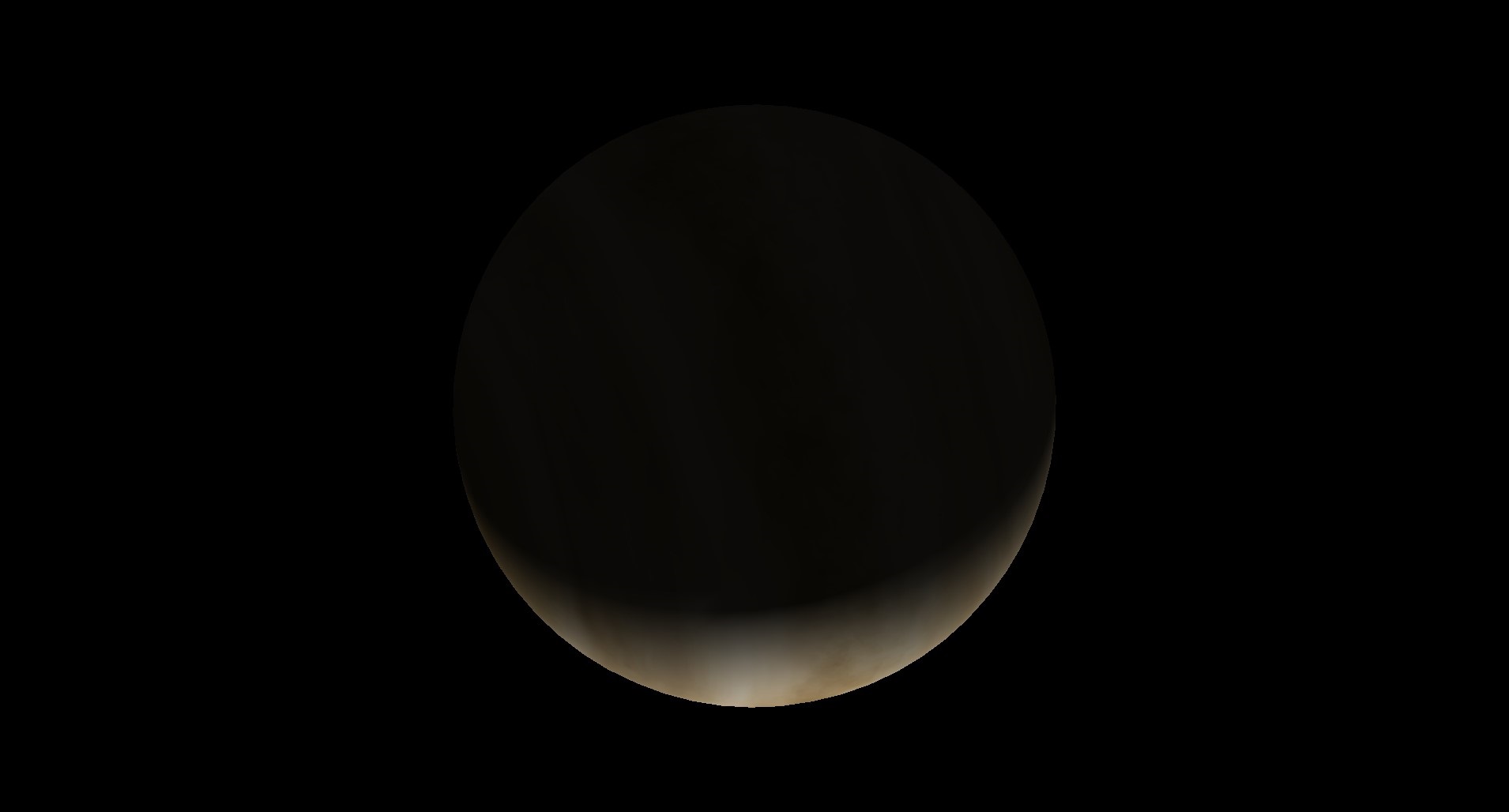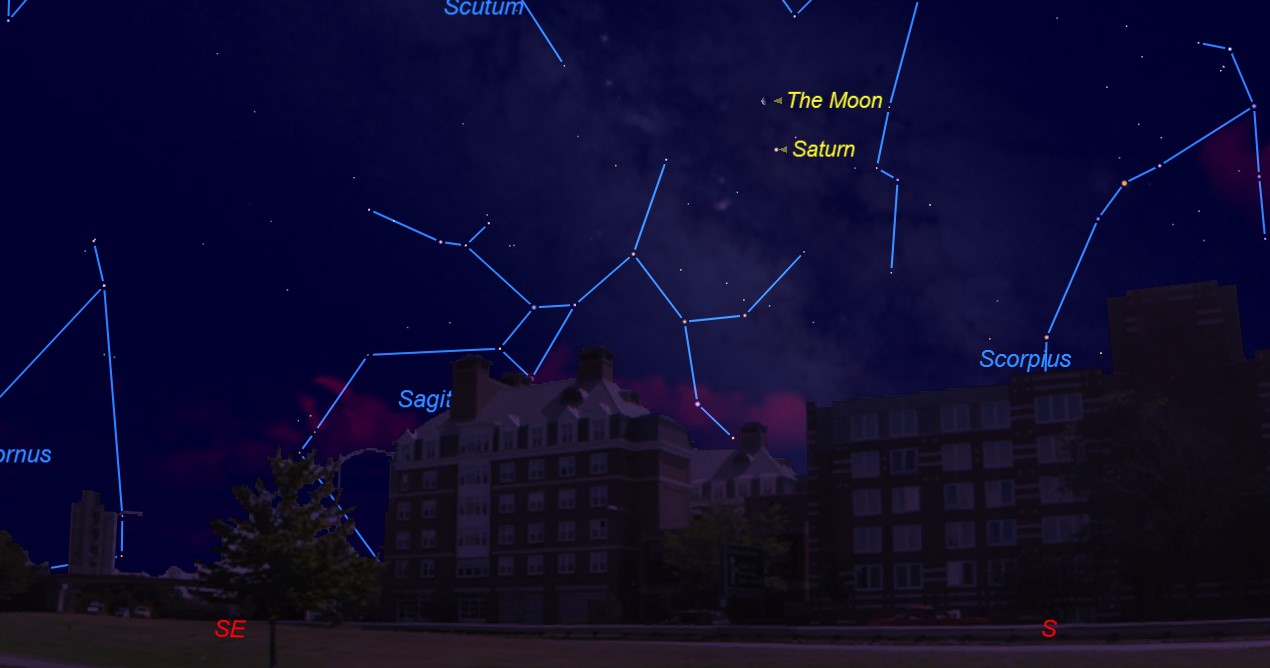The Brightest Planets in March's Night Sky: How to See them (and When)Space.com
By Joe Rao, Space.com Skywatching Columnist | March 3, 2017 09:00am ET
March is a special month for planet observers. Only once every eight years does Venus transition from the evening to the morning sky in such a manner so that you'll never lose sight of it, and that's about to happen this month.
The Venus transition can be observed, weather permitting, from the evening of March 22 after sunset to just prior to sunup on the morning of the 23rd. Replacing Venus in the western evening sky during the second half of March will be the rocky little world known as Mercury. Mars continues its evening run, shining in the west well to the upper left of Venus at the start of the month and well to the upper left of Mercury by month's end. Jupiter dazzles as it emerges from above the east-southeast horizon during the evening hours, while Saturn appears between midnight and dawn and appears toward the south by dawn.
In our schedule, remember that when measuring the angular separation between two celestial objects, your clenched fist held at arm's length measures roughly 10 degrees. Here, we present a schedule below which provides some of the best planet viewing times as well directing you as to where to look to see them.

Mercury — passed superior conjunction (on the far side of the sun) on Wednesday, March 1. By March 15, the planet will be 9 degrees east of the sun. Around that date, Mercury can be spotted with binoculars very low due west about a half hour after sunset. It becomes an easy naked-eye target in mid-twilight a few days later.
On the evening of March 29, a crescent moon — just a couple of days past new phase — and only 5-percent illuminated, can be seen due west and standing 12 degrees above the horizon 45 minutes after sundown. And situated 10 degrees to the lower right of the moon will be Mercury, shining at a very bright -0.4 magnitude on the brightness scale used by astronomers.
On April 1, Mercury will reach greatest elongation 19 degrees from the sun. This marks its best evening apparition of 2017 for skywatchers at mid-northern latitudes, with the planet setting after the end of astronomical twilight for more than a week. Mercury is almost directly above the setting sun throughout this event, since at this time of year the ecliptic makes its steepest angle with the western evening horizon.
Venus — begins March gleaming high above the western horizon at dusk (It is 26 degrees above the horizon a half-hour after sunset for observers around 40 degrees north latitude.) But Venus plummets out of the evening sky over the next few weeks. March 2017 is the one month in 96 (that is, exactly eight years) when Venus' departure follows the steepest path down toward the setting sun.
On March 5, Venus is 22 degrees high 30 minutes after sunset, and a person with steady binoculars — or just possibly exceptionally keen eyesight — may glimpse the crescent shape of Venus, just 12 percent illuminated and slowly getting larger as the planet continues approaching Earth.

By March 16, 30-minutes after sunset, Venus sits 9 degrees above the horizon, slightly north of due west. Look for Venus to twinkle in the twilight because its crescent is so thin! A telescope view will show a nearly arc-minute long sickle, less than 4 percent sunlit.
At sunset on the evening of March 22, as seen from mid-northern latitudes, Venus will appear 6 degrees above the western horizon and will set just over a half hour later. Scan the horizon with binoculars to pick the planet up. Then, the very next morning, about a half hour before sunrise, Venus will rise at a point on the horizon 9 degrees north of due east; again use binoculars to pick it up against the brightening twilight sky. So here is an opportunity to spot this dazzling planet both at dusk and again at dawn, because in a few days at inferior conjunction, Venus will go a whopping 8.2 degrees north of the sun.
Venus will pass directly north of the sun, from Earth's point of view, on March 23. Then, on March 25 at 10 a.m. GMT, the planet reaches inferior conjunction, passing the sun's position along the ecliptic. And Venus is closest to the sun in the sky (8.2 degrees apart) just a few hours after that.
Finally, on March 31 Venus rises about 55 minutes before the sun at a point on the horizon about 10 degrees north of due east. A half hour before sunrise it should readily be visible standing 5 degrees above the horizon; it will become a prominent morning object during April.
Mars — starts March glimmering in the west at dusk well to the upper left of Venus. This evening you'll find it, mimicking a yellow-orange first magnitude "star" about 5 degrees to the right of a slender waxing crescent Moon. Mars continues to head rapidly eastward among the stars, moving at nearly three-fourths of a degree per day to stay ahead of the sun's advancing glare. It crosses from Pisces into Aries on March 8, sliding 10 degrees south of the 2nd-magnitude star Hamal on the March 15. On March 30, the crescent moon helps to point out Mars, which will be located about 7 degrees to the moon’s right. By then Mars will have faded to magnitude +1.5.

Jupiter — in Virgo, rises an hour after dark at the beginning of March, but as early as sunset on its opposition date of April 7. Around then it's at its closest, biggest, and brightest of the year. This is a trace less close, big, and bright than in other years because this opposition takes place with Jupiter less than a couple of months past its aphelion, its farthest from the sun in its 12-year orbit. Best telescopic views won't be achieved until around or soon after midnight, when the planet is high enough to have a steady image on most nights. In a good medium-size telescope on a night of excellent seeing, Jupiter’s disk brims with detail. On March 14, around 10 p.m. local daylight time, look low toward the east-southeast horizon for an isosceles triangle formed by the waning gibbous moon, the planet Jupiter and the bluish 1st-magnitude star Spica in Virgo. Jupiter stands about 4 degrees to the upper right of the moon.

Saturn — comes up around 2:20 a.m. your local time when the month begins, and around 1:30 a.m. when March ends. The ringed world lies along a line of sight to the constellation Sagittarius and the center of our galaxy. Saturn steadily brightens as Earth moves up on it from behind in our much smaller, faster orbit. It currently shines at magnitude +0.4. On the morning of the March 20 look toward the south-southeast before dawn and you’ll see the moon hovering less than 3 degrees above Saturn, appearing a bright yellowish-white "star."
http://www.space.com/33619-visible-planets-guide.html
![]() New SMAC quizzes available.
New SMAC quizzes available.![]() Chess is back.
Chess is back.![]() New SMAC quizzes available.
New SMAC quizzes available.![]() Chess is back.
Chess is back.